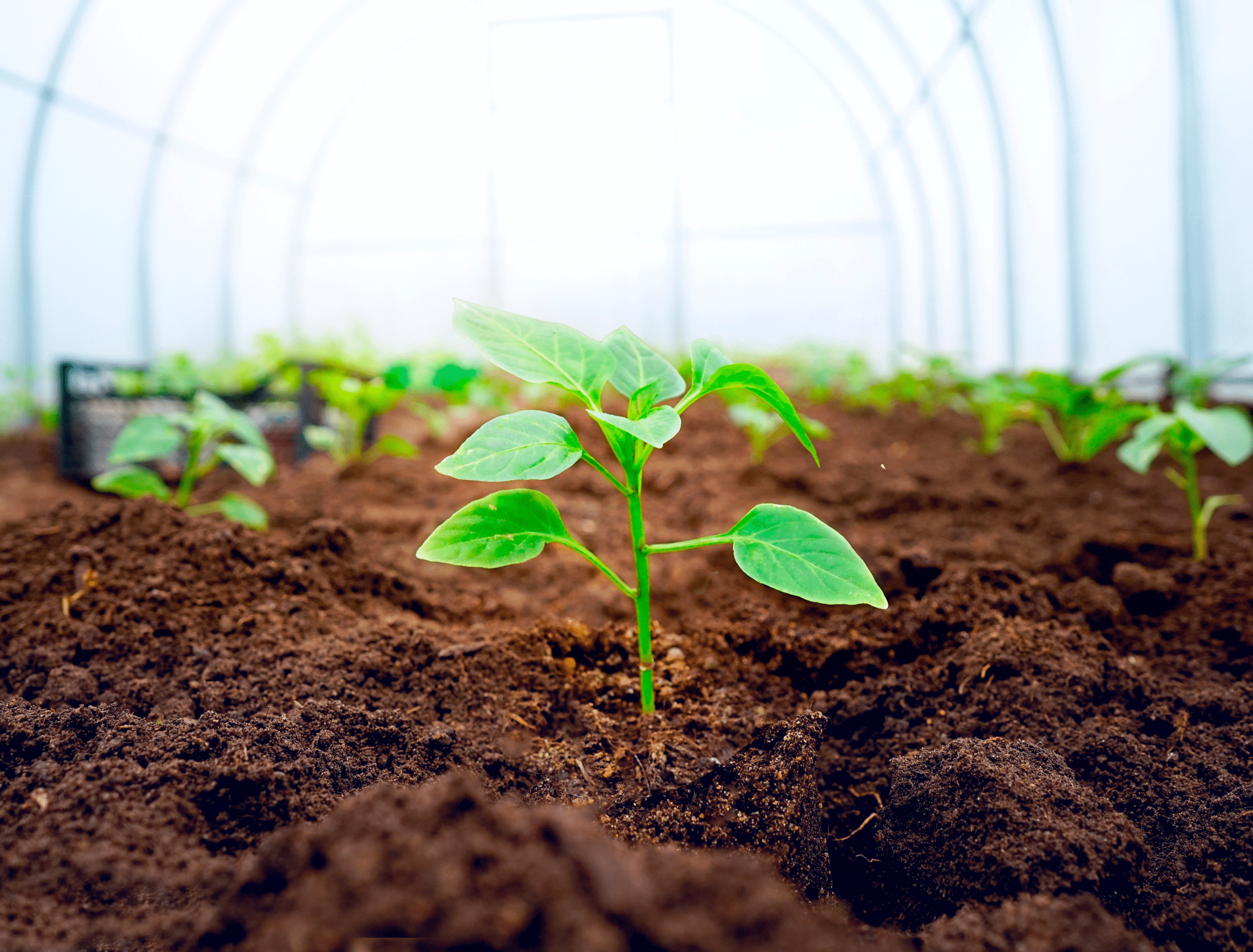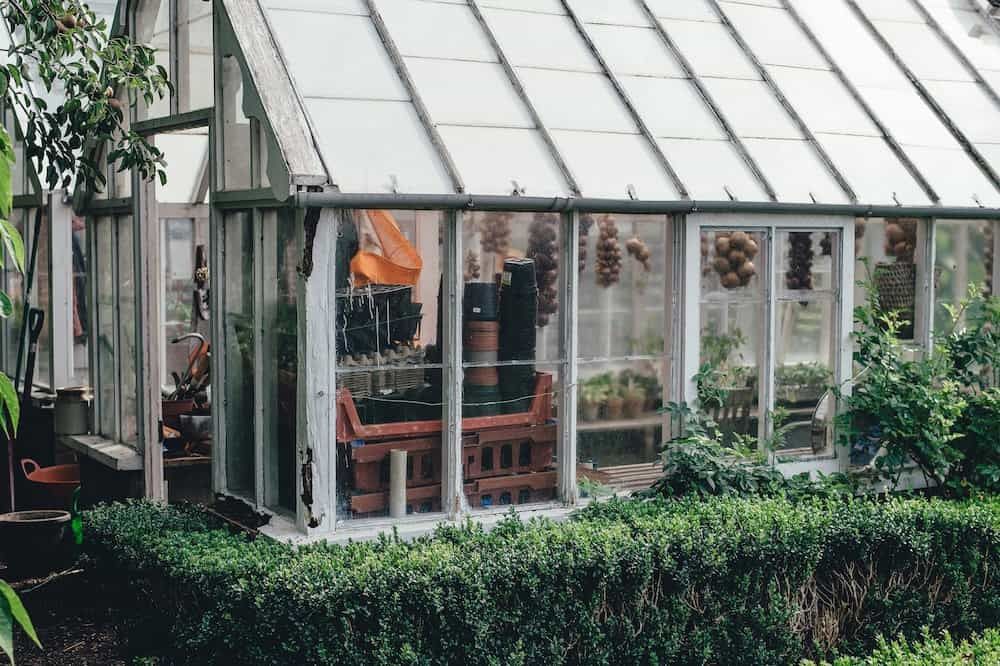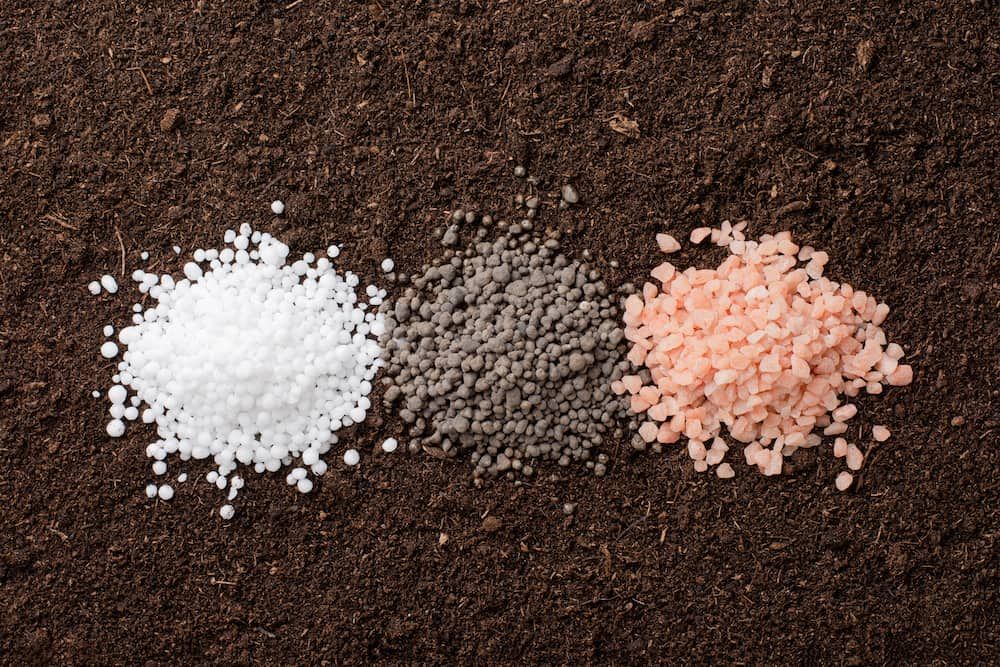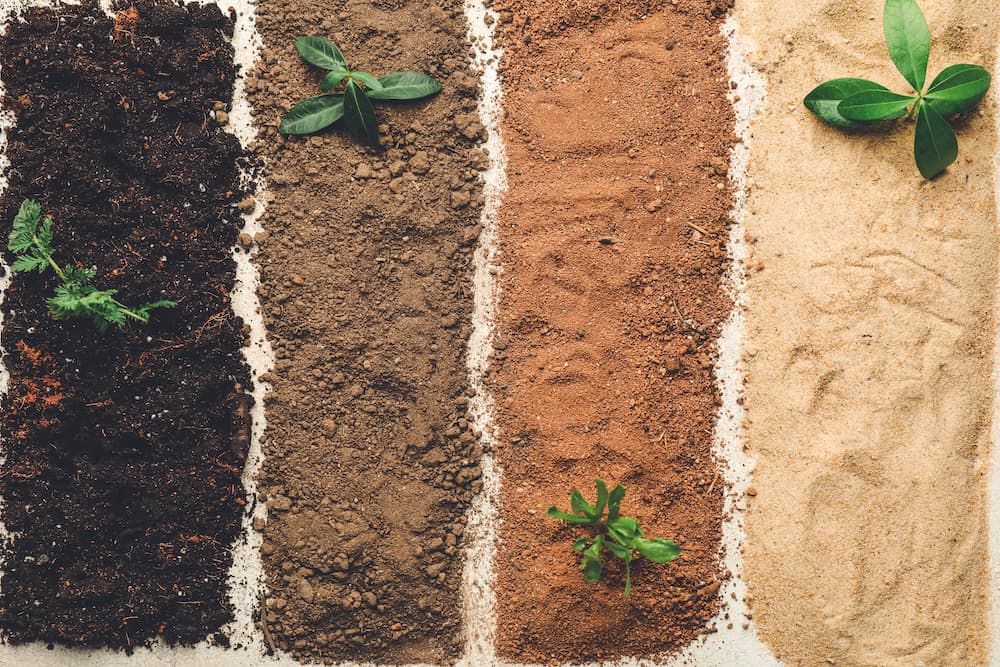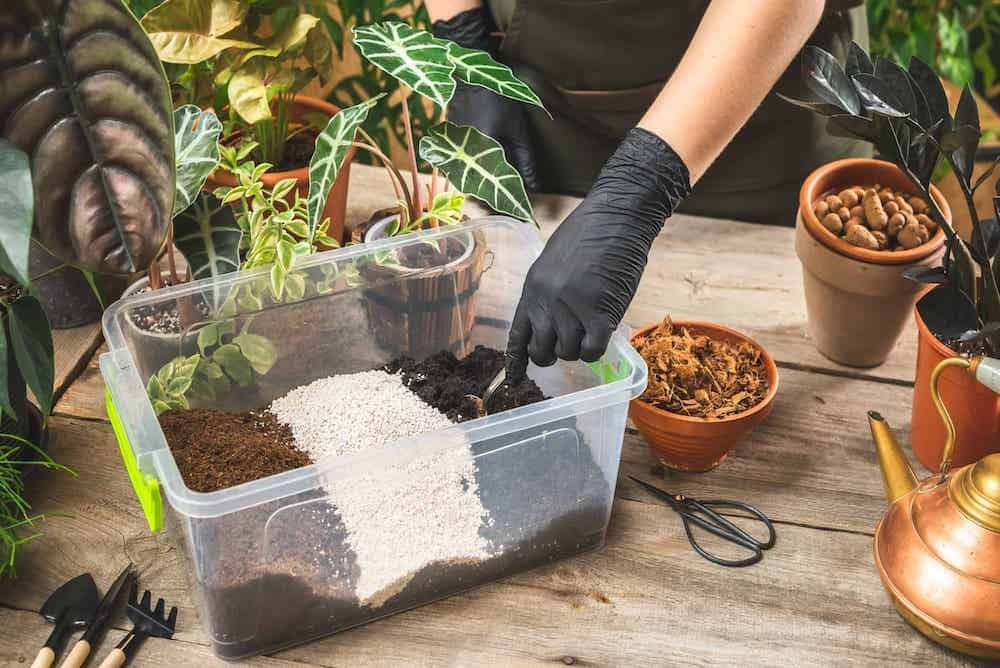Whether you are the proud owner of a big, modern, commercial greenhouse or a small, 6 x 6 hobby one, you'll still need good soil for your plants to thrive. While some gardeners use whatever they have on hand and hope for the best, it isn't always a great option, especially if it's old, moldy, or dry.
Using existing soil does save you time and money, but it probably won't help your plants thrive. This article will help you determine what soil is most suitable for your plants and what you should keep in mind.
Why the Right Soil Mix is Important
Image credits: Annie Spratt via Unsplash
Soil might look like dirt, but it's gold for plants! It contains a motherload of nutrients, moisture, oxygen, and beneficial bacteria for plants to absorb for healthy growth. It also helps your plants stay grounded.
That doesn't mean you can use soil without amendments. Always test your soil before using it. Plants have diverse nutrient needs, so, depending on what you grow in your greenhouse, amend your soil accordingly. This is especially important if you sit your greenhouse on the existing soil.
However, if you've set your greenhouse up on a foundation, you can make your organic potting soil or buy the best soil for veggies and fruits.
Figuring Out Your Greenhouse Soil Needs
Image credits: Nuttapong via Shutterstock
A soil test kit will tell you what nutrients your soil lacks so that you can amend your soil accordingly. If you can't get a soil test kit, there are two other ways to determine the soil pH.
To do this, you'll need:
- 4 tablespoons of soil
- Distilled water
- Vinegar
- ½ cup baking soda
- 2 empty bowls
To test your soil pH:
Step 1: Determining if the soil is alkaline
- Add 2 tablespoons of soil to an empty bowl.
- Then add the vinegar and watch the reaction.
- If the soil bubbles, it's alkaline.
Step 2: Determining if the soil is acidic
- Add 2 tablespoons of soil to an empty bowl.
- Then add the water, and mix well.
- Finally, add the baking soda and watch the reaction.
- If the soil bubbles, it's acidic.
If the soil doesn't react to vinegar or baking soda, it has a neutral pH that you can use after adding organic matter, compost, and fertilizer for your plants. To improve the pH of your alkaline or acidic soil, add:
- Sulfur or pine needles to neutralize alkaline soil
- Wood ash or lime to neutralize acidic soil
The Best Soil for Greenhouse Plants
Image credits: Pixel-Shot via Shutterstock
There are many types of soil, and depending on what you want to grow in your greenhouse, the perfect concoction will be a mixture of:
1. Sandy Soil
Sandy soil's gritty texture makes it difficult to retain water, which makes for excellent drainage. Root vegetables like carrots, radishes, and potatoes thrive in sandy soil.
2. Silty Soil
Silty soil does better at retaining water and is suitable for most fruit and veggies. While it doesn't drain as well as sandy soil, silty soil still has adequate drainage.
3. Clay Soil
Clay soil may not be very rich in organic matter, but it has high contents of water and minerals. It makes it ideal for plants with roots that do not grow deep, such as broccoli, snap beans, cabbage, and even Brussel sprouts.
4. Loam Soil
Many gardeners prefer loam soil for greenhouse plants because it combines sandy, silt, and clay soil with humus. Humus is a mixture of animal matter and leaves that provide moisture retention and nutrients to plants.
As far as the ratios for the perfect soil are concerned, plants all have different soil needs. You'll need to determine what you want to grow in your greenhouse before you make your organic potting soil for your plants. To figure out what soil is best for your plants, make sure to read the seed packet labels or ask your local gardening center.
Common Ingredients in Greenhouse Soil Mixes
Image credits: Andriana Syvanych via Shutterstock
There are a few ingredients that you can typically find in most greenhouse mixes:
- Peat moss - This ingredient retains moisture and has a very light texture, allowing roots to grow easily.
- Coconut coir - It has very similar properties to peat moss. Coconut coir has recently become more popular because it is more environmentally friendly.
- Compost - You use this if you want to add nutrients to your soil. Moreover, it can be an anchoring component, making the soil much heavier.
- Bark - Rarely used in fruit and veggie greenhouses, bark creates big air pockets, making it suitable for orchids and other epiphytes.
- Perlite - This is a favorite amongst gardeners when they want to increase drainage in heavier mixes.
- Vermiculite - Although vermiculite's pH is neutral, the presence of carbonated compounds can make it alkaline. That said, it helps with water and nutrient retention.
In Summary
Since self-reliance has become popular recently, so has growing your fruit and veggies. There's no better way to grow your food than in a greenhouse where your crops receive the TLC they need year-round. If you want your greenhouse-growing endeavor to be successful, you will need proper soil to grow your plants.
Because this heavily depends on what you want to grow, you should take a few steps before getting your hands dirty. Then, you can test your soil and determine which amendments to add (if any).
In the comments below, share which greenhouse soil you think is best! And as always, please share this article!
Happy Gardening!

